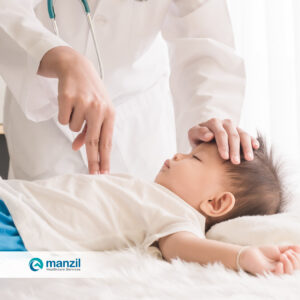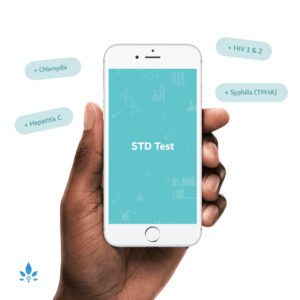UTIs in Children


Urinary tract infections, or UTIs, are fairly common, affecting about 3 percent of children in the US each year. They are more common in girls, who have about an 8 percent risk of contracting a UTI, compared to a 2 percent risk in boys. In most cases, a UTI is caused by bacteria. They aren\’t typically serious and can be treated by your doctor with antibiotics.
Symptoms of a UTI in young children and infants are not always the same as symptoms in older children. For babies, watch for fussiness, a fever with no apparent cause, odd smelling urine, loss of appetite, or vomiting. Older children may also have pain or burning while urinating, more frequent urination, and pain on either side of the back. Unfortunately, your baby can\’t tell you about these discomforts, so it is important to be aware of the other symptoms you can see yourself.
To correctly diagnose a UTI, your doctor will need a urine sample. This is easier in an older child who can be told to urinate into a container, but samples can also be collected from babies fairly easily. Your doctor will most likely insert a small tube, or catheter, into your baby’s urethra so that sterile urine can be collected from the bladder. Alternatively, the doctor may place a collection bag over your baby\’s genitals with an adhesive or a catheter to collect urine. However, this method is often unreliable because normal bacteria from the skin can get into the urine, causing a positive test result and confusing the picture. In rare cases, the doctor may choose to insert a needle into the bladder to collect a sample.
The sample is then examined under a microscope. If there is an infection, bacteria and white blood cells will likely be visible. A culture of the urine will also be done, which takes 1-2 days.
After a UTI is diagnosed, antibiotics will typically be prescribed. Your doctor may start your child on antibiotics and then decide to change the type of antibiotic after the results of the urine culture come in. Don\’t be concerned. This just means your doctor has a clearer picture of the type of bacteria causing the infection, so it\’s easier to prescribe the most effective antibiotics to kill it. Be sure to administer the antibiotics exactly as directed for the full course so the infection doesn\’t come back.
After the infection is cleared up, your doctor will likely run a few more tests, including an ultrasound of the kidneys, to make sure there are no abnormalities in the urinary tract. Abnormalities can mean more infections, and frequent infections can cause damage to the bladder or kidneys.
Sources:
- National Kidney and Urologic Diseases Information Clearinghouse
- Urinary Tract Infections in Children.
Urology Care Foundation - Urinary Tract Infections in Children.
American Academy of Family Physicians - Urinary Tract Infections in Children: Why They Occur and How to Prevent Them
Powered by Bundoo®












































